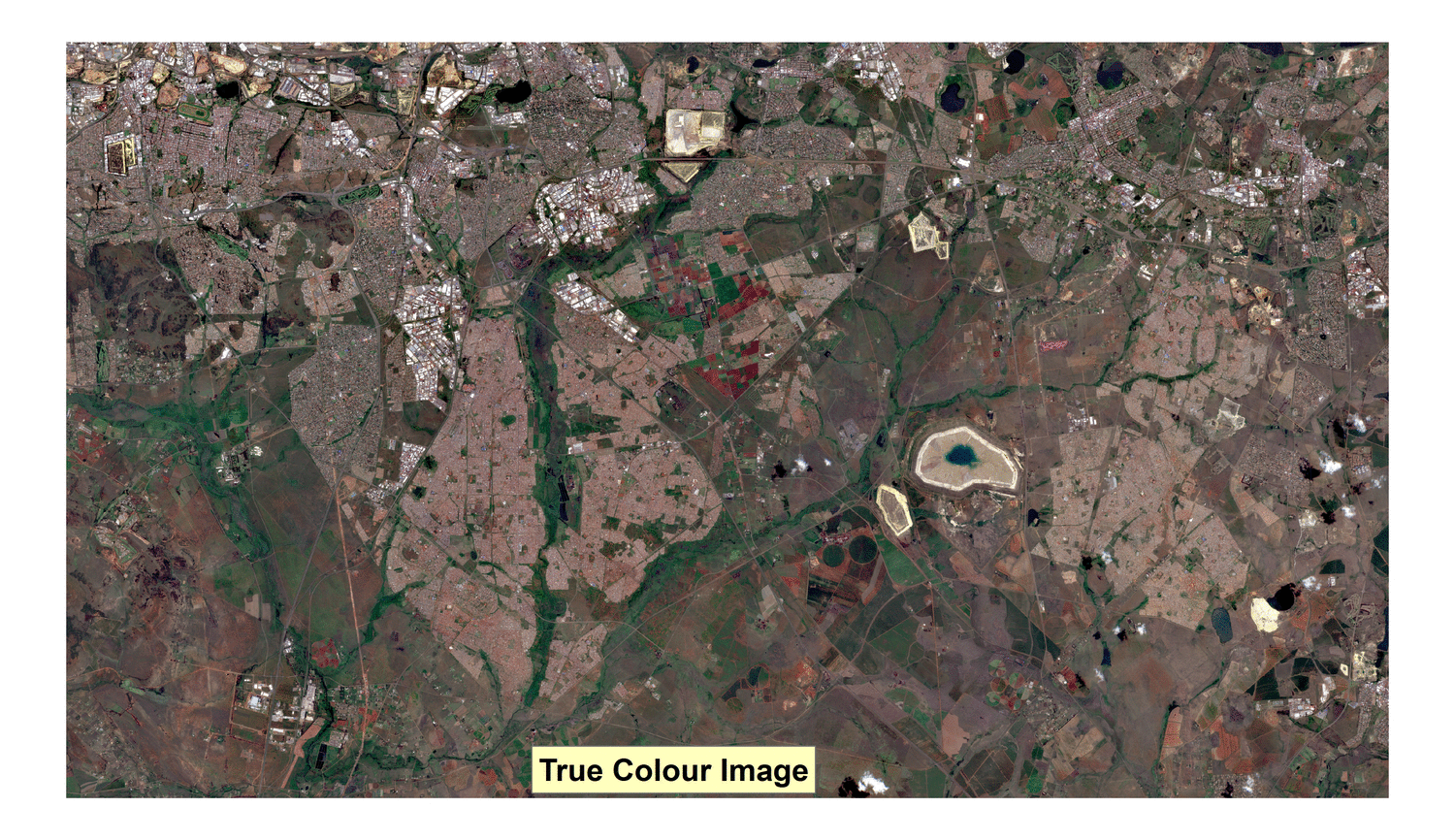
07 Nov SANSA intensifies processing and dissemination of Biophysical Parameters from Sentinel-2
 Responding to the increased user demand of Essential Climate Variables (ECVs) and other important biophysical parameters from the recently launched Sentinel-2 satellite, SANSA has intensified its processing of Sentinel-2 data to meet these user demands. SANSA is confident that this work will contribute to the Global Climate Observing System’s ECVs that are required to monitor current and historical environmental and climate linked phenomena.
Responding to the increased user demand of Essential Climate Variables (ECVs) and other important biophysical parameters from the recently launched Sentinel-2 satellite, SANSA has intensified its processing of Sentinel-2 data to meet these user demands. SANSA is confident that this work will contribute to the Global Climate Observing System’s ECVs that are required to monitor current and historical environmental and climate linked phenomena.
Fraction of absorbed photosynthetically active radiation (FAPAR), Leaf area index (LAI), Above-ground biomass, Land Cover, and Snow cover are among some of the recognized ECVs that can be satellite derived. The enormous size of Sentinel-2 data and sheer complexities in image processing poses a number of challenges for users of this dataset.
To ease these challenges SANSA now produces a wide range of biophysical variables such as Leaf Area Index (LAI), Fraction of Absorbed Photosynthetically Active Radiation (FAPAR), Fraction of vegetation cover (COVER), Chlorophyll content in the leaf (CAB), Canopy Water Content (CW) and Normalized Difference Vegetation Index (NDVI).
These vegetation variables are used as proxy indicators to assess vegetation condition such as plant health, vigor, biomass, stress and water content. Biophysical parameters are used extensively in crop and rangeland monitoring, drought assessment, botany and other ecological applications.
To date, SANSA has distributed biophysical parameters to a number of users that include the CSIR, Department of Agriculture Forestry and Fisheries, University of Witwatersrand, Provincial Departments of Agriculture in Gauteng, KwaZulu-Natal and Limpopo. The animated image above shows some of the satellite biophysical products that SANSA is generating.



